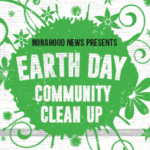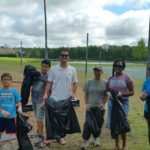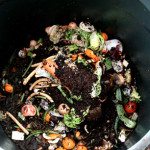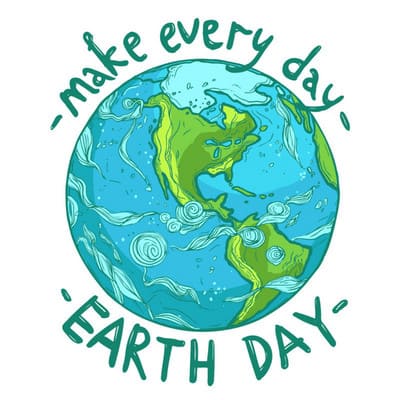
The human race is just one species of an estimated 8.7 million species. It’s a complex group of people that can think on complex levels compared to other species. With that ability to think, comes a large responsibility to preserve, to protect, but simply put, to act.
That number alone may be difficult to visualize. First, consider the different types of trees just within this community to the different types of frogs that endlessly croak in the middle of the night. Using that perspective, it can help us begin to understand just how much life is present on Earth.

The history and biology lessons we read and hear about may be all too redundant to us. But, did we not learn that two plus two equals four by repeating it and hearing it over and over again? In a similar way, one of the best ways to act is to become educated and repeat our positive actions, mentioned Nancy Rodlun. Rodlun serves as a public information officer at the Orange County Environmental Protection Division.
Such efforts can allow the impact we might see on Earth Day alone, April 22, to turn into weeks or even years. The ways in which we can take action can easily be applied to our home life. In fact, getting educated and starting at home is a practical way to help preserve our fragile local environments and Earth, Rodlun mentioned.
“It’s like the saying ‘Think globally, act locally.’ But that really does matter when it comes to even just our backyards,” she said.
There are a vast number of programs, events and organizations out there to help us take small but impactful steps. People may feel their one action of recycling, for example, may not make a difference. As more people become educated, however, on ways to help or participate, that will positively affect the amount of recyclables collected, producing a larger impact overall. Education is critical to help members solve the issue of environmental damage, Ashley Gardner of the Florida Department of Environmental Protection mentioned. She often sees issues with recycling working for the central district.
“Residents tend to mix non-recyclables with the recyclables, thereby contaminating the loads. When these loads are contaminated, it cannot be recycled and therefore can only go to the landfill,” Gardner said.
One misconception, Gardner clarified, was that plastic bags can be put into the recycling curbside containers. This alone can cause entire contaminations. She suggested that with so many grocery stores having their own recycling bins for plastic bags, it’s a great way to help avoid contamination.
While we may have ensured that not a piece or crumb remains in the box from our delicious delivery pizza, the box itself still has grease that prevents it from being recycled in our curbside bins. To know what to do in situations like these, Gardner directed community members to see how they can avoid entire contaminations. Sticking to the basics of recycling aluminum and steel cans, plastic bottles and jugs, or clean cardboard boxes is a vital way to safely recycle.
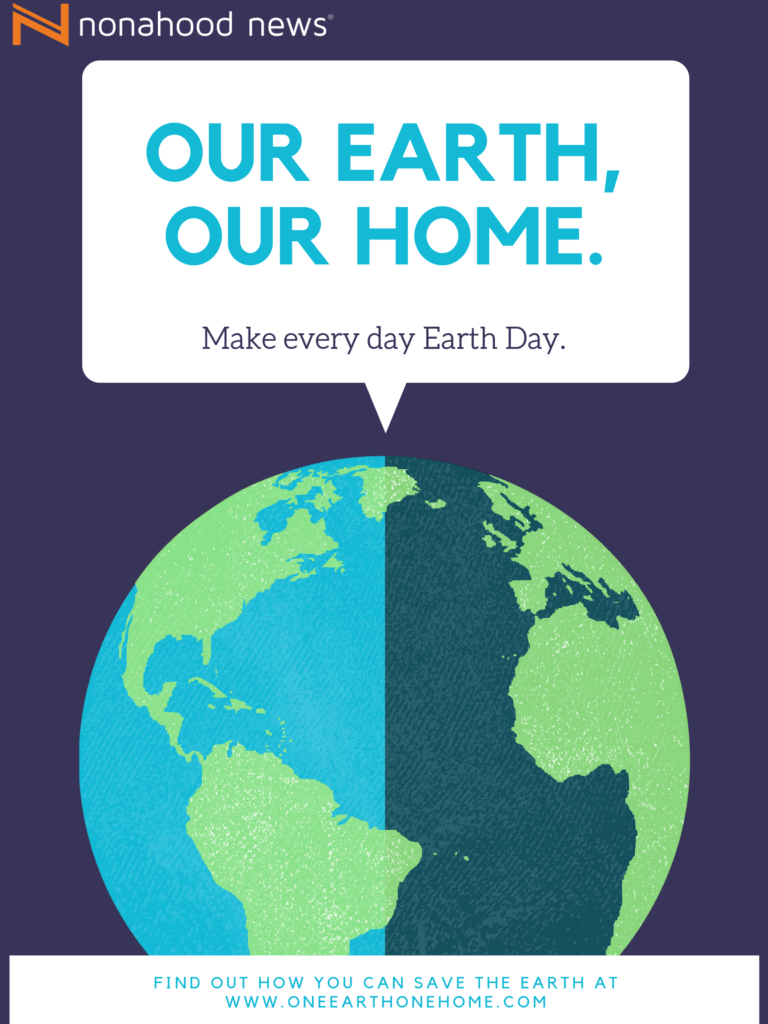
Some people wonder what to do with chemicals, hazardous waste and electronics, especially as people go through their spring cleaning. For this too, there are special ways to safely dispose and let others collect what we no longer need, Rodlun said.
There are also times in which certain chemicals should be used. The Orange County Fertilizer Management Ordinance states fertilizer should not be applied in Orange County from June 1 through September 30 – the rainy season – because it can seriously harm the water quality of our local lakes and rivers, Rodlun shared.
The gopher tortoise is considered a keystone species. Such species have large effects on the other species and environments around them. Considered to be a vulnerable species, even the water it encounters can determine the health of these tortoises. So, when runoff water, which leads to different bodies of waters, contains harmful chemicals, tortoises and even other aquatic species are put at risk because of our actions.
Denise Cochran, also a public information officer at the county’s Environmental Protection Division, shared that our groundwater needs conservation as well. With the numerous demands on the supply, it puts pressure on how much will be left.
“In Central Florida, our drinking and irrigation water is taken from the aquifer (groundwater). But this supply will not cover future demand at the rate our population is growing,” Cochran said.
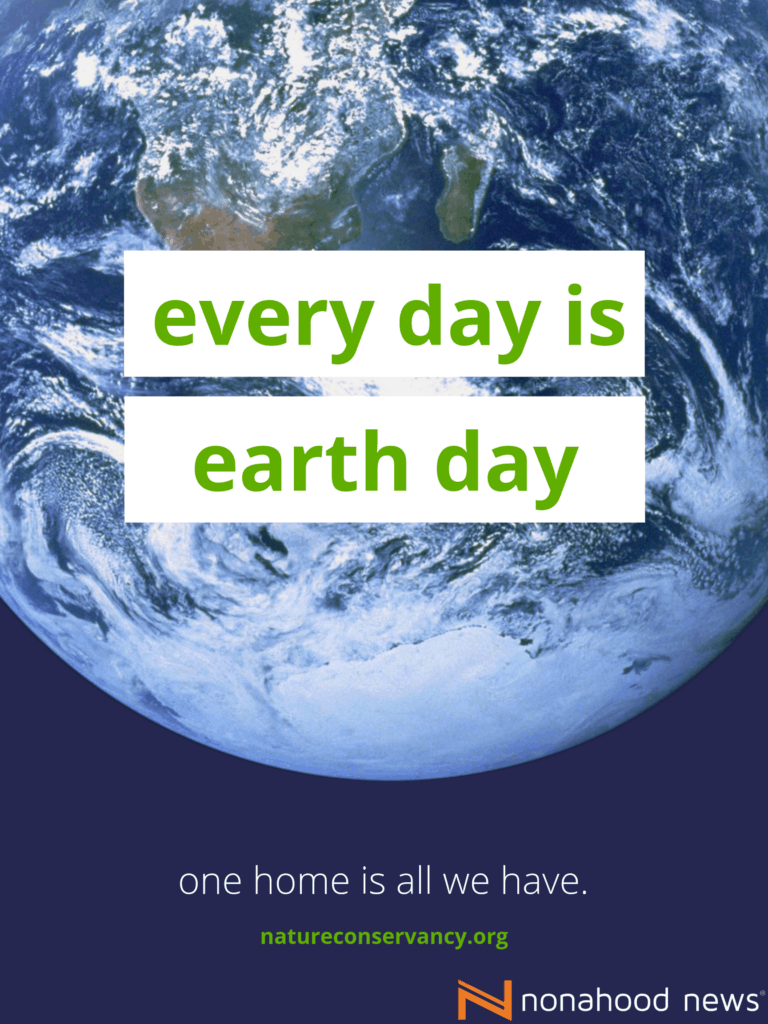
She further added that with new landscapes and turfs being added in growing communities, they’re not always “Florida-friendly.” These landscapes can take on more water to sustain the quality of it. To help ensure we’re acting locally and preserving our water, even more, homeowners can look into Florida-friendly gardening to add into our yards.
Lake Nona is, without a doubt, an ever-growing community. With the growth comes new homes as well. It is then on us to help reduce the strain our community can experience, just as any community can. Recycling our used products properly while taking care of our yards responsibly are two effective ways to do just that.
We have a responsibility to help our surrounding environments, and surely that starts at home and by becoming educated. From volunteer opportunities to noise pollution control, Orange County offers an extensive list that can help us become aware of what more we can do to tackle any environmental issue.
Our one species can do plenty to pay forward what the Earth does to sustain us. The plastic bag we choose to dispose of properly can save an entire load from being contaminated. So, if someone questions whether or not one person can have an impact, then the answer truly is that they can. One bag, one box, one less minute of wasting water, it all leads to a positive change in our one Earth.
